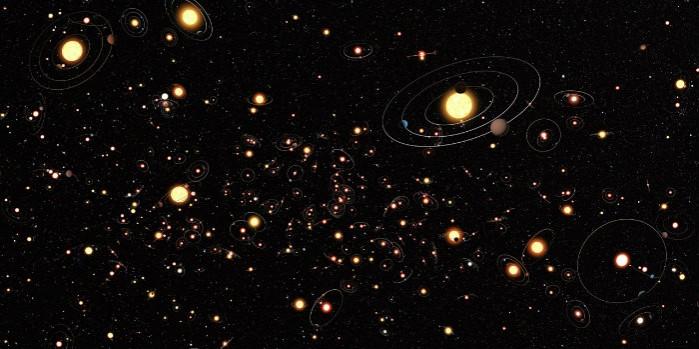
A study has recently concluded that the exoplanets, which are two to four times the size of our home planet, are more likely to have water. As you can understand, this study will have a huge impact on the search of our alien neighbours.
NASA's Kepler Space Telescope and Gaia mission's data indicates that many of the planets such as the ones described are capable of containing around 50% water in them. On the other hand, Earth has 0.02 percent water content. The American space agency had launched the Kepler Space Telescope in 2009 in order to find planets outside of our solar system.
Having so many water-worlds comes as a huge and good surprise to the Earth's experts. So far, scientists have discovered around 4,000 confirmed exoplanets. Many of these candidates fall under the two size categories, i.e. -
- The ones with a planetary radius of around 1.5 times that of the Earth
- Those with a planetary radius of around 2.5 times that of our home planet.
Following the thorough examination and analysis of the exoplanets, in terms of their mass and measurement, scientists have created their internal structure's model. They received these pieces of information from the Gaia satellite.
According to the model, the planets that fall under the first size category are mostly rocky planets and those that belong to the second size category are most likely to be water planets.
According to Harvard University's Li Zeng, the water found on these exoplanets is not similar to that found on Earth. The surface temperature of the water found on the exoplanets is supposed to be around 200 to 500 degree Celsius. "Their surface may be shrouded in a water-vapour-dominated atmosphere, with a liquid water layer underneath," stated Zeng.
"Moving deeper, one would expect to find this water transforms into high-pressure ices before we reaching the solid rocky core. The beauty of the model is that it explains just how composition relates to the known facts about these planets," he added.
So, essentially the study concludes that 35 percent of all the known exoplanets, outside of our solar system that is bigger in size than Earth, are most likely to have water.














